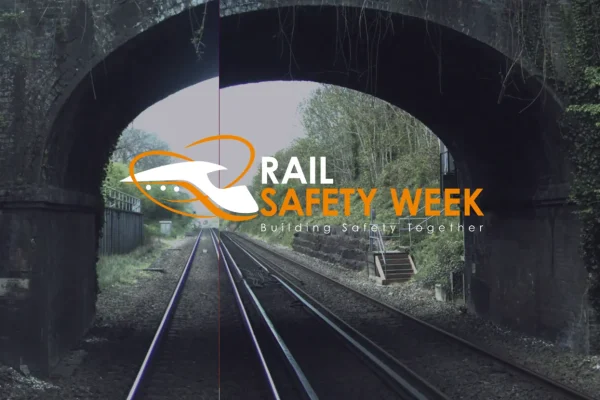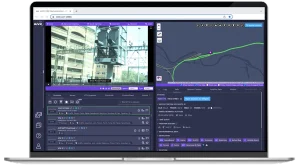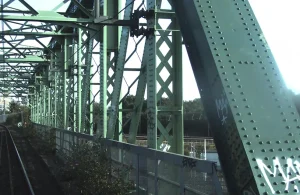19/06/2025
Rail Safety Week Day 4: Safer Lineside & Structure Surveys

Why Asset and Structural Surveys are Vital for Safety
Much of the UK’s railway infrastructure is decades old, so regular inspection and maintenance of bridges, tunnels, signals, and lineside components is essential to keep the network safe and reliable.Asset and structural surveys play a crucial role by providing vital information on infrastructure conditions, ensuring regulatory compliance, enabling early hazard detection, and supporting timely repairs. These surveys also establish baseline data necessary for planning upgrades and renewals. Without regular checks, wear, defects, or environmental damage could compromise safety and lead to costly disruptions.
The primary objective of these surveys is to guarantee that the railway’s critical infrastructure is safe, reliable, and fit for purpose. This involves comprehensive inspections of bridges, lineside fencing, structures at risk of debris fall, tunnels, overhead line equipment, and other key assets to identify and address wear or defects before they pose a safety risk.
Traditionally, these surveys have required risky and time-consuming site visits, often in challenging environments, possibly at night, and exposing teams to the risks of working on or near live tracks, and often in confined spaces.
How AIVR Improves the Safety of Asset and Structural Surveys
Engineers across the industry such as Network Rail staff utilise AIVR for remote, collaborative inspection and hazard detection. AIVR STREX (Structural Examination), available alongside forward-facing footage on the AIVR Platform, provides high-definition outward-facing views of the lineside environment. This gives engineers a clear, detailed perspective for surveying structures and lineside assets, such as vegetation encroachment, structural defects, and obstructions in the safe cess – enabling early intervention before safety risks can escalate.
With AIVR, Teams can:
- Detect Defects & Hazards Early: Measure and assess structural faults, deterioration, or hazards (such as debris or vegetation), and monitor deterioration over time with the history tool.
- Automate Asset Detection: Machine learning quickly identifies signals, OLE structures, alongside their conditions and vegetation encroachment, allowing for faster, more thorough safety checks.
- Highlight Hazards & Key Information: Highlight areas of concern, such as deterioration and obstructions, and share notes for team review.
- Check Safe Cess & Visualise Safety Positions: Check if hazards are within the safe cess and visualise positions of safety using measurement and safe cess tools.
- Share Insights With Teams: Export annotated images, videos, and reports to communicate safety-critical findings across teams and stakeholders.

Safety Benefits of Remote Asset and Structural Surveys
- Reduces time spent on site and exposure to hazardous environments by enabling remote inspections and collaborative reviews.
- Enables early detection and proactive maintenance, preventing incidents before they escalate and supporting asset longevity.
- Improves collaboration and reporting, ensuring all stakeholders are informed.
- Minimises disruption to train services, as many surveys can be completely without requiring possessions or track closures.
“Minimised additional travel, enhanced understanding of issues, enabled accurate identification of actual status of outside infrastructure”. Senior Project Engineer, Siemens

By enabling remote, detailed, and collaborative inspections, AIVR helps teams address safety risks early and reduces time spent in dangerous environments.
Want to learn more or see AIVR in action? Get in touch!